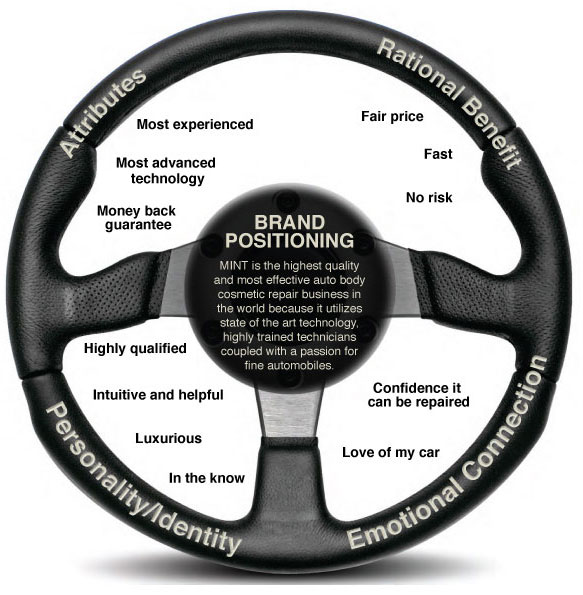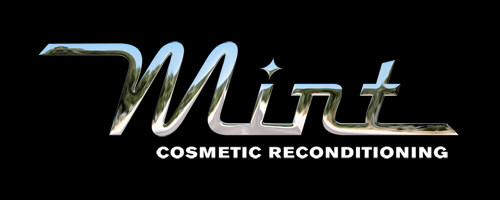At LMG brand building is an enterprise-wide initiative for our clients. It is built around a brand promise that every action and every aspect of the company works toward achieving, every day.
Our brand development 4-Phase process is different for every client, it is not a scripted, prepackaged process where everyone gets the same; it is a matter of selecting the right tools for the right job. This is defined as we gather information about our clients to understand exactly where their brand needs to evolve. Each Phase is just as big or as small as it has to be. We work with our Clients to help them pinpoint where they want their brand to go, exactly what their brand can own and we then build a detailed plan to capture it.
Phase I: Internal and External Reviews
- Undertaking (or reviewing elements of the following that are regularly monitored in an employee survey) an internal company review to clearly understand the assets a firm brings to the marketplace and to grasp what internal associates think about the company’s: culture, external facing attitude, personality, business ethics, core skills, weaknesses, work ethic, product and service quality, customers, compensation, strategic planning process, internal communications, external marketing, community service policies, morale, vacation policy, work-home life balance and any unique competitive advantages it might have in the marketplace. All of these factors impact how an associate behaves towards customers and in essence impacts on the company’s ability to deliver on a brand promise.
- Undertaking a marketplace review to identify which companies are competitors today and who might become competitors in the foreseeable future. In addition review all industry data available on competitors and where/if possible commission an “industry survey” to at least identify industry benchmarks for product and service quality. The survey will also obtain all MARCOM materials of competitors that will be dissected to determine how they are positioned in the marketplace and what they believe their marketplace advantages to be as well as their media mix and spending levels (if possible). We will also review SEO practices and Social Sentiment of each potential competitor.
Phase II: Brand Wheel/Positioning
- Development of a brand wheel identifying key elements of the brand. (The example shown here is the Brand Wheel LMG developed for Dent Wizard’s MINT Cosmetic Auto Body repair business)

- Rationale Benefit to Target Audience
- Emotional Benefit to Target Audience
- Personality/Identity
- Attributes
- The components of the Brand Wheel are used to establish a Positioning Statement that identifies the Client’s sustainable competitive advantage. (See center of MINT Brand Wheel for Positioning Statement)
Phase III Creative Development
- Deve
 lopment of a NEW or REVISED/MODIFIED brand name and/or revised brand attendant graphics (logo) that meets the needs of the business in its current form and is able to embrace further services expansion as growth comes organically and/or via acquisitions. (The example of a new brand name and logo pictured here for MINT was recently developed by LMG)
lopment of a NEW or REVISED/MODIFIED brand name and/or revised brand attendant graphics (logo) that meets the needs of the business in its current form and is able to embrace further services expansion as growth comes organically and/or via acquisitions. (The example of a new brand name and logo pictured here for MINT was recently developed by LMG) - Development of a “theme line” that is memorable, motivating, agile, relevant and malleable so it can “adjust” as the company grows or as the need to refresh communications dictates. It should be strong enough to become a core part of the new/revised brand equity and be a way to articulate the firms vision to its associates, partners, prospects and customers.
- Theme line developed for MINT was: “Put the love back in your ride.”
Phase IV: Activation Planning
- Development of plan launching the new/revised brand internally. This includes introducing the new and attendant elements to its Board of Directors and constituents. It also includes how to stop/end the discontinued brand, imagery, communication.
- Development of a launch plan to the marketplace. First with communication to its valued customers, then prospects that have been or are in the process of being solicited; to the industry as a whole and to the press covering the industry.
- Lastly, a roadmap is developed that identifies the steps the new/revised brand must take to consciously build brand equity to reinforce the change in direction for the organization.
